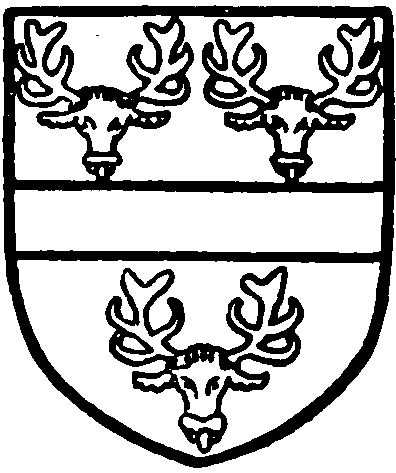A History of the County of Lancaster: Volume 6. Originally published by Victoria County History, London, 1911.
This free content was digitised by double rekeying. All rights reserved.
'Townships: Ramsgreave', in A History of the County of Lancaster: Volume 6, ed. William Farrer, J Brownbill (London, 1911), British History Online https://prod.british-history.ac.uk/vch/lancs/vol6/pp251-252 [accessed 19 April 2025].
'Townships: Ramsgreave', in A History of the County of Lancaster: Volume 6. Edited by William Farrer, J Brownbill (London, 1911), British History Online, accessed April 19, 2025, https://prod.british-history.ac.uk/vch/lancs/vol6/pp251-252.
"Townships: Ramsgreave". A History of the County of Lancaster: Volume 6. Ed. William Farrer, J Brownbill (London, 1911), British History Online. Web. 19 April 2025. https://prod.british-history.ac.uk/vch/lancs/vol6/pp251-252.
In this section
RAMSGREAVE
Romesgreve, xiii–xvii cent.
Ramsgreave occupies high ground, an eastern continuation of Mellor Moor, directly to the north of the town of Blackburn. Save on the western side the ground slopes in all directions from an elevation of 726 ft. above the ordnance datum at 'Top of Ramsgreave,' the lowest level being 300 ft. on the northwest, where Zechariah Brook joins Showley Brook on the borders of Salesbury. On the northern slope of the hill the subsoil consists of the Yoredale rocks, on the southern of the Millstone Grit. The soil is clayey and the land consists of meadow and pasture, destitute of woodland. (fn. 1) The area is 776 acres, and in 1901 the population numbered 179 persons. (fn. 2) The main road from Blackburn to Whalley and Clitheroe touches the eastern side of the township, and the Bolton, Blackburn and Hellifield Line of the Lancashire and Yorkshire Railway Company passes through it immediately to the west of the main road. The nearest station is Wilpshire, distant 1½ miles.
Manor
There is no manor of Ramsgreave, which was anciently parcel of the chase attached to Blackburn Manor, and was till the 14th century held by the lords of Clitheroe. (fn. 3) In 1360 Henry Duke of Lancaster gave to Whalley Abbey two cottages and various lands and wood in Ramsgreave. (fn. 4) The place thus acquired an independent standing. In 1478 the monks received £4 a year from it, (fn. 5) and in 1538 the total receipts were £9 10s. 3d.; a large part of the area was still woodland. (fn. 6)
After the suppression of the abbey Ramsgreave was in 1540 sold by the Crown with other lands to Sir Alexander Radcliffe, (fn. 7) but he soon transferred this part of his purchase to Andrew Barton of Smithills, lord of the manor of Blackburn, who at his death in 1549 was found to have held twelve messuages, &c., in Ramsgreave of the king in chief by the eightieth part of a knight's fee and a rent of 19s. 2¾d. (fn. 8) The estate remained in this family for some time, (fn. 9) but has long been dispersed. The principal part, the Ramsgreave Hall estate, has passed through a number of hands, (fn. 10) and about 1878 was acquired from Mrs. Mary Jane Rowden Hindle, his sister-in-law, by the late Daniel Thwaites (fn. 11) of Woodfold Park in this township, whose daughter Mrs. Yerburgh succeeded in 1888. (fn. 12) She is lady of the manor of Mellor adjoining.

Barton. Assure a fesse between three stags' heads cabossed or.
The older owners included Gillibrand, Hoghton and Sharples. (fn. 13) More recently James Shorrock of Mellor was a considerable owner, (fn. 14) and has been succeeded by the Misses Shorrock.
The hearth tax returns show that twenty-one hearths were liable in 1666; only one house had as many as four. (fn. 15)
In 1855 the Congregationalists of Blackburn erected a small chapel at the 'Top of Ramsgreave.' (fn. 16)